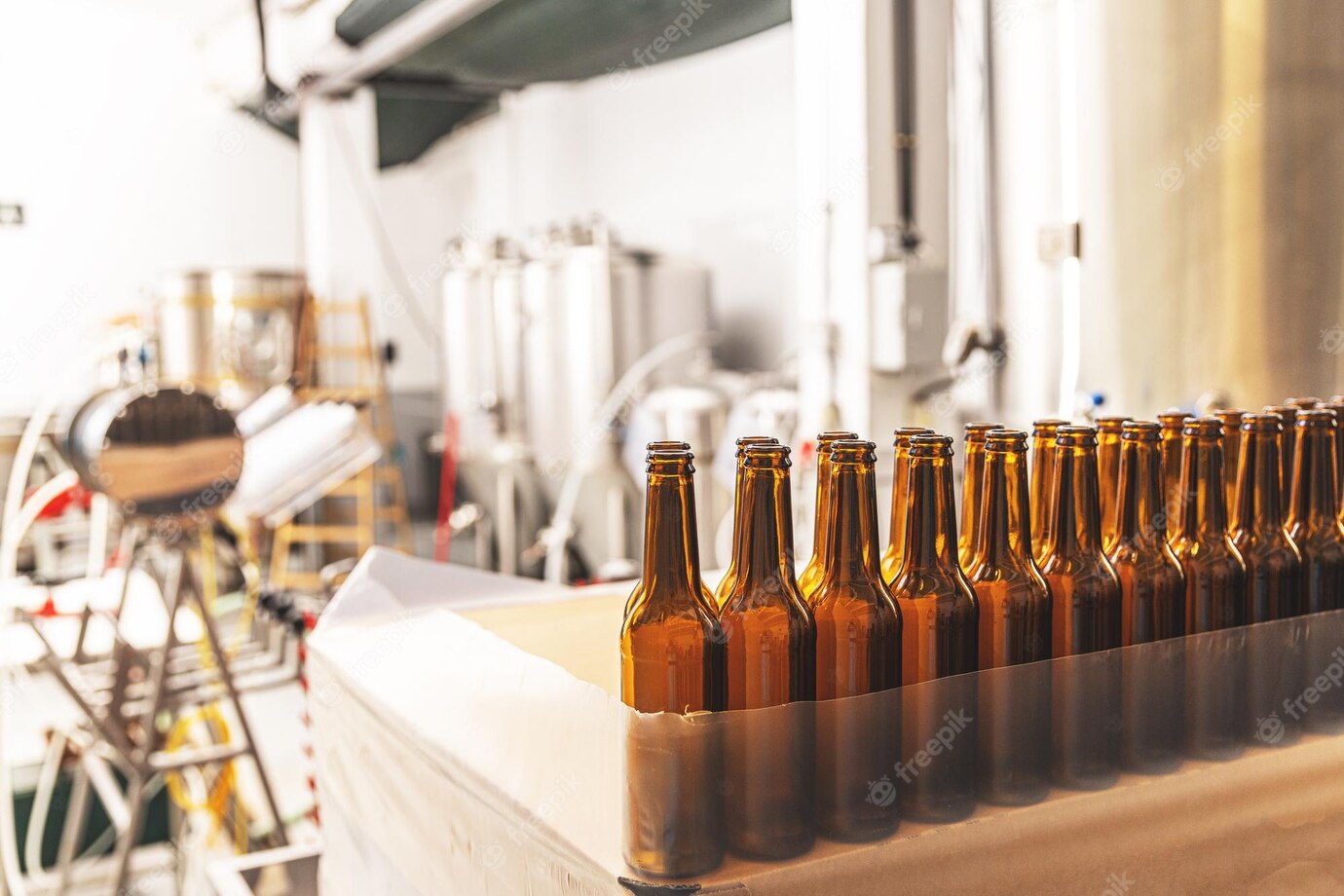Brew Better Beer! Uncover these Top Tips for Cleaning and Sanitizing Brewing Equipment!
Are you looking for tips to keep your brewing equipment clean and sanitary? Everyone wants their beer to be delicious and contamination-free, so keeping your brewing equipment clean is essential. In this article, we will provide some essential tips on cleaning and sanitizing your brewing equipment — from kettles and fermentors to bottles and even dishware — to maintain the quality of your beer and your safety. Read on to find out how to keep your brewing setup in tip-top shape.
Tips for Cleaning and Sanitizing Your Brewing Equipment
Whether you are an experienced brewer or are just getting started, paying close attention to proper cleaning and sanitizing of your brewing equipment is an essential step in ensuring you get the best results. Unclean and unsanitized equipment can lead to off-flavors, infections, and staling of your beer.
In this article, we will discuss why cleaning and sanitizing your brewing equipment is important, provide a step-by-step process for cleaning and sanitizing various pieces of brewing equipment, and offer some tips for best practice.
Why Clean and Sanitize Your Brewing Equipment?
When you are making beer, it is essential that your brewing equipment is cleaned and sanitized before each use. This is because both the brewing process and beer itself create the perfect environment for the growth of microorganisms. It is impossible to ensure that you have an environment that is absolutely free from bacteria, yeast, and other microorganisms, but it is possible to reduce their presence and number using proper cleaning and sanitizing methods.
Many of us have been told since childhood to clean up after ourselves and our toys. In the world of brewing, this rule also applies! Properly cleaning your equipment ensures that it will last longer, as it prevents corrosion and buildup of mineral deposits and organic materials. Cleaning and sanitizing also helps to ensure that off-flavors are not imparted to your beer and that your beer is free from bacteria, wild yeast, and other contaminants.
How to Clean and Sanitize Your Brewing Equipment
Cleaning and sanitizing your equipment is an essential step in the brewing process. Here is a step-by-step guide for getting your equipment ready for brewing.
1. Clean
The first step in the process is to clean your equipment. In order to get rid of dirt and debris, you will want to use a mild detergent and warm water.
- Gather a soft cloth, warm water, mild detergent, and a brush (if needed).
- Fill your sink or bucket with warm (not hot) soapy water.
- Carefully submerge your equipment in the soapy water.
- Use the cloth to gently scrub away dirt and debris.
- For particularly stubborn areas, you may use a brush to get in the crevices and grooves. Take care not to damage your equipment.
- Once all visible dirt has been removed, rinse your equipment thoroughly with fresh, clean water.
- Dry your equipment with a clean cloth or air-dry before continuing.
2. Sanitize
Once your equipment has been cleaned, it is time to sanitize it. Sanitizing kills any remaining bacteria, wild yeast, and other contaminants that may be present.
- Gather a sanitizing agent such as Star San, iodophor, bleach, or hydrogen peroxide.
- Follow the instructions on the sanitizing agent’s label for mixing and use.
- Once your sanitizing agent has been mixed, submerge your equipment in the solution.
- Let the equipment sit in the solution for the amount of time indicated on the sanitizer’s label.
- After soaking, use a clean cloth to thoroughly rinse and dry your equipment.
Tips for Cleaning and Sanitizing Your Brewing Equipment
Following these tips for cleaning and sanitizing can help ensure successful and delicious beer production.
1. Use Hot Water
When cleaning, use warm or hot water. Hot water breaks down organic materials, making them easier to remove.
2. Use lukewarm water for sanitizing
When sanitizing, use lukewarm water. Hot water actually decreases the effectiveness of some sanitizing agents.
3. Keep tools separate
Designate certain tools for use during specific processes. For example, designate one brush for use when cleaning and a separate brush for use when scrubbing during the sanitizing process.

